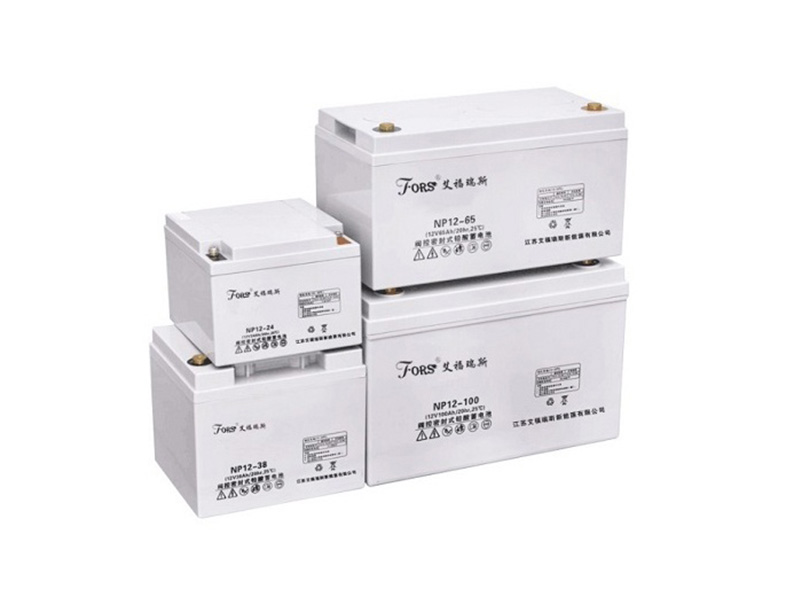language
Whether you're safeguarding a home office, a server room, or industrial equipment, selecting the right UPS power battery is essential for ensuring continuous protection and reliable backup power. While the UPS unit itself manages power delivery, the battery is what keeps your systems running during outages. Choosing the right battery means understanding your power requirements, runtime expectations, and maintenance capabilities.
1. Understand Your Power Requirements
The first step is to determine how much power your devices consume. This involves calculating the total wattage or VA (volt-ampere) rating of all the equipment you plan to connect to the UPS. Your battery must be able to support this load for the duration you need—whether it's just long enough to shut systems down safely or to keep operations running for an extended period.
Tip: Add a safety margin of 20–30% to the total load to ensure sufficient capacity and avoid battery strain.
2. Know the Types of UPS Batteries
There are several types of batteries used in UPS systems. The two most common are:
a) VRLA (Valve-Regulated Lead-Acid) Batteries
Also known as sealed lead-acid (SLA)
Affordable and widely available
Typically last 3–5 years
Require minimal maintenance
Sensitive to high temperatures
For example, the NP12 series valve-regulated sealed maintenance-free lead-acid batteries are developed in conjunction with battery manufacturers based on UPS design and production experience to formulate product performance parameters.

b) Lithium-Ion Batteries
Longer lifespan (up to 8–10 years)
Faster recharge time
More cycles than VRLA batteries
Higher upfront cost but lower total cost of ownership
Better performance in high-temperature environments
Verdict: For short-term backup or budget-sensitive applications, VRLA is sufficient. For long-term use or critical systems, lithium-ion may be worth the investment.
3. Consider Runtime Expectations
Different UPS battery setups offer varying runtimes. If you only need enough time to shut down systems gracefully, a smaller battery will do. If your goal is to continue operations during a power outage (e.g., for routers, medical devices, or servers), you'll need a larger battery or the option to connect external battery packs.
Check the runtime chart provided by UPS manufacturers to match the expected duration to your power load.
4. Evaluate Replacement and Maintenance Requirements
Batteries don’t last forever. Choose a UPS system with:
Hot-swappable batteries (can be replaced without powering down)
Easy access for routine checks
Monitoring tools for battery health
If you lack technical staff or prefer a set-and-forget solution, opt for UPS systems with smart battery management and automatic alerts.

5. Assess the Environment
Battery performance and longevity are influenced by environmental factors:
Temperature: Batteries perform best between 20–25°C (68–77°F)
Humidity and ventilation: Ensure the UPS is in a dry, cool, and well-ventilated area
Lithium-ion batteries handle heat better than VRLA types, making them suitable for environments where temperature control is a challenge.
6. Plan for Scalability
If you expect your power needs to grow, choose a UPS system that supports:
External battery packs
Modular expansion
Scalable power configurations
This ensures you won’t need to replace your entire system as demands increase.
Choosing the best UPS power battery depends on your specific power needs, budget, runtime expectations, and environmental conditions. For home use or small offices, VRLA batteries are often sufficient. For critical systems, longer runtimes, and higher reliability, lithium-ion options provide better long-term value.